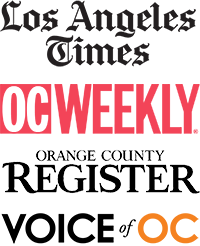
JAMES M. CRAWFORD
Criminal Defense & Appeals Attorney
Ratings


Memberships


Media Coverage


AB 333 is a new law that changes how gang enhancements are used in criminal cases. It removes looting, vandalism, and identity theft from the list of crimes that can be used to prove a pattern of criminal gang activity. This means that just because someone commits one of these crimes, it does not automatically mean they are part of a gang.
The new law also changes the definition of “criminal street gang.” To be considered a criminal street gang, it must be proven that members of the gang collectively engage in a pattern of criminal gang activity. This means that it’s not enough to just prove that an individual committed a crime; there must be evidence that the gang as a whole is involved in criminal activity.
Finally, the new law requires that if a defendant is charged with a gang-related offense and other offenses that do not require proof of gang activity, the charges must be separated into two parts, or “bifurcated.” This means that the gang-related charge will be heard separately from the other charges. This is important because it can be harder to defend against a charge that includes gang enhancements, and separating the charges can make it easier for the defendant to get a fair trial.
Overall, AB 333 is a new law that changes how gang enhancements are used in criminal cases. It makes it harder to prove that someone is part of a gang just because they commit certain crimes, and requires evidence that the gang as a whole is involved in criminal activity. It also requires that gang-related charges be separated from other charges, so that defendants can have a fair trial. If you’re facing gang-related charges, it’s important to talk to a lawyer who can help you understand your rights and navigate the legal system.

